Print by Eugene von Guerard, Mount Kosiuscko from the North West, NSW
Johann Joseph Eugene von Guérard (17 November 1811 – 17 April 1901) was an Austrian-born artist, active in Australia from 1852 until 1882. Known for his finely detailed landscapes in the tradition of the Düsseldorf school of painting, he is represented in Australia’s major public galleries, and is referred to in the country as Eugene von Guerard.
In 1852 von Guerard arrived in Victoria, Australia, determined to try his luck on the Victorian goldfields. As a gold-digger he was unsuccessful, but he did produce a large number of intimate studies of goldfields life, quite different from the deliberately awe-inspiring landscapes for which he was later to become famous.
By the early 1860s von Guerard was recognised as the foremost landscape artist in the colonies, touring Southeast Australia and New Zealand in pursuit of the sublime and the picturesque. He is most known for the wilderness paintings produced during this time, which are remarkable for their shadowy lighting and fastidious detail. Indeed, his view of Tower Hill in south-western Victoria was used as a botanical template over a century later when the land, which had been laid waste and polluted by agriculture, was systematically reclaimed, forested with native flora and made a state park. The scientific accuracy of such work has led to a reassessment of von Guerard’s approach to wilderness painting, and some historians believe it likely that the landscapist was strongly influenced by the environmental theories of the leading scientist Alexander von Humboldt. Others attribute his ‘truthful representation’ of nature to the criterion for figure and landscape painting set by the Düsseldorf Academy.
In 1866 his Valley of the Mitta Mitta was presented to the National Gallery of Victoria in Melbourne; in 1870 the trustees purchased his Mount Kosciusko. In 2006, the City of Greater Geelong purchased his 1856 painting View of Geelong for A$3.8M. His painting, Yalla-y-Poora, is in the Joseph Brown Collection on display at the National Gallery of Victoria. In 2018 another painting, Stoneleigh, Beaufort near Ararat, Victoria (1866) was put on permanent display in the Galleries of the State Library of New South Wales.
Von Guerard’s paintings were also purchased by the Art Gallery of New South Wales including Waterfall, Strath Creek (1862), Sydney Heads (1865) and Milford Sound, New Zealand (1877–1879) among many others.
The State Library of New South Wales in Sydney holds 32 sketchbooks which cover von Guerard’s twenty-eight years in Australia and also the period of his early travels in the Rhineland and Italy and his return to Europe after 1881. The drawings include pencil sketches, detailed pen and ink or pencil drawings, and a few with colour added and include works done on scientific expeditions with Alfred William Howitt and Georg von Neumayer, the meteorologist. The sketchbooks cover Italy and Germany, 1835–1852, Australia, 1854–1891, and the English sketchbook, 1891–1900.
The only known copy of von Guerard’s 1852–1854 diary of his time on the goldfields is held in England. But a typescript translation made from the original German is held in the State Library of New South Wales. This translation has been digitised and can be viewed online. It consists of one volume of bound extracts from von Guerard’s journal, 18 August 1852 – 16 March 1854, with ten original ink illustrations pasted onto leaves at end of volume. Extracts cover his departure from Gravesend England on board the Windermere and the voyage out to Melbourne, his stay at the Eureka and Ballarat goldfields and his departure to Geelong. The translation may have been made by his daughter, Victoria, who was born in Australia and married an Englishman. For a short time, he lived in Daylesford and created several paintings of the area.
In 1870 von Guerard was appointed the first Master of the School of Painting at the National Gallery of Victoria, where he was to influence the training of artists for the next 11 years. His reputation, high at the beginning of this period, had faded somewhat towards the end because of his rigid adherence to picturesque subject matter and detailed treatment in the face of the rise of the more intimate Heidelberg School style. Amongst his pupils were Frederick McCubbin and Tom Roberts. Von Guerard retired from his position at the National Gallery School the end of 1881 and departed for Europe in January 1882. In 1891 his wife died. Two years later, he lost his investments in the Australian bank crash and he lived in poverty until his death in Chelsea, London, on 17 April 1901.
The RHSV created high quality art prints of two of von Guerard’s paintings (both in the National Gallery of Victoria’s collection) – Forest Cape, Otway Ranges 1856 (National Gallery of Victoria) and Mount Kosciusko from the North West, NSW (National Gallery of Australia).
Available for Click and Collect or phone 03 9326 9288 to organise postage
$5.00
92 in stock
Description
Johann Joseph Eugene von Guérard (17 November 1811 – 17 April 1901) was an Austrian-born artist, active in Australia from 1852 until 1882. Known for his finely detailed landscapes in the tradition of the Düsseldorf school of painting, he is represented in Australia’s major public galleries, and is referred to in the country as Eugene von Guerard.
In 1852 von Guerard arrived in Victoria, Australia, determined to try his luck on the Victorian goldfields. As a gold-digger he was unsuccessful, but he did produce a large number of intimate studies of goldfields life, quite different from the deliberately awe-inspiring landscapes for which he was later to become famous.
By the early 1860s von Guerard was recognised as the foremost landscape artist in the colonies, touring Southeast Australia and New Zealand in pursuit of the sublime and the picturesque. He is most known for the wilderness paintings produced during this time, which are remarkable for their shadowy lighting and fastidious detail. Indeed, his view of Tower Hill in south-western Victoria was used as a botanical template over a century later when the land, which had been laid waste and polluted by agriculture, was systematically reclaimed, forested with native flora and made a state park. The scientific accuracy of such work has led to a reassessment of von Guerard’s approach to wilderness painting, and some historians believe it likely that the landscapist was strongly influenced by the environmental theories of the leading scientist Alexander von Humboldt. Others attribute his ‘truthful representation’ of nature to the criterion for figure and landscape painting set by the Düsseldorf Academy.
In 1866 his Valley of the Mitta Mitta was presented to the National Gallery of Victoria in Melbourne; in 1870 the trustees purchased his Mount Kosciusko. In 2006, the City of Greater Geelong purchased his 1856 painting View of Geelong for A$3.8M. His painting, Yalla-y-Poora, is in the Joseph Brown Collection on display at the National Gallery of Victoria. In 2018 another painting, Stoneleigh, Beaufort near Ararat, Victoria (1866) was put on permanent display in the Galleries of the State Library of New South Wales.
Von Guerard’s paintings were also purchased by the Art Gallery of New South Wales including Waterfall, Strath Creek (1862), Sydney Heads (1865) and Milford Sound, New Zealand (1877–1879) among many others.
The State Library of New South Wales in Sydney holds 32 sketchbooks which cover von Guerard’s twenty-eight years in Australia and also the period of his early travels in the Rhineland and Italy and his return to Europe after 1881. The drawings include pencil sketches, detailed pen and ink or pencil drawings, and a few with colour added and include works done on scientific expeditions with Alfred William Howitt and Georg von Neumayer, the meteorologist. The sketchbooks cover Italy and Germany, 1835–1852, Australia, 1854–1891, and the English sketchbook, 1891–1900.
The only known copy of von Guerard’s 1852–1854 diary of his time on the goldfields is held in England. But a typescript translation made from the original German is held in the State Library of New South Wales. This translation has been digitised and can be viewed online. It consists of one volume of bound extracts from von Guerard’s journal, 18 August 1852 – 16 March 1854, with ten original ink illustrations pasted onto leaves at end of volume. Extracts cover his departure from Gravesend England on board the Windermere and the voyage out to Melbourne, his stay at the Eureka and Ballarat goldfields and his departure to Geelong. The translation may have been made by his daughter, Victoria, who was born in Australia and married an Englishman. For a short time, he lived in Daylesford and created several paintings of the area.
In 1870 von Guerard was appointed the first Master of the School of Painting at the National Gallery of Victoria, where he was to influence the training of artists for the next 11 years. His reputation, high at the beginning of this period, had faded somewhat towards the end because of his rigid adherence to picturesque subject matter and detailed treatment in the face of the rise of the more intimate Heidelberg School style. Amongst his pupils were Frederick McCubbin and Tom Roberts. Von Guerard retired from his position at the National Gallery School the end of 1881 and departed for Europe in January 1882. In 1891 his wife died. Two years later, he lost his investments in the Australian bank crash and he lived in poverty until his death in Chelsea, London, on 17 April 1901.
The RHSV created high quality art prints of two of von Guerard’s paintings (both in the National Gallery of Victoria’s collection) – Forest Cape, Otway Ranges 1856 (National Gallery of Victoria) and Mount Kosciusko from the North West, NSW (National Gallery of Australia).
Available for Click and Collect or phone 03 9326 9288 to organise postage


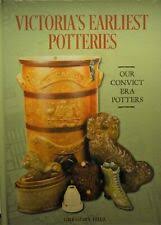


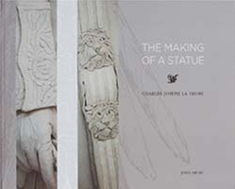




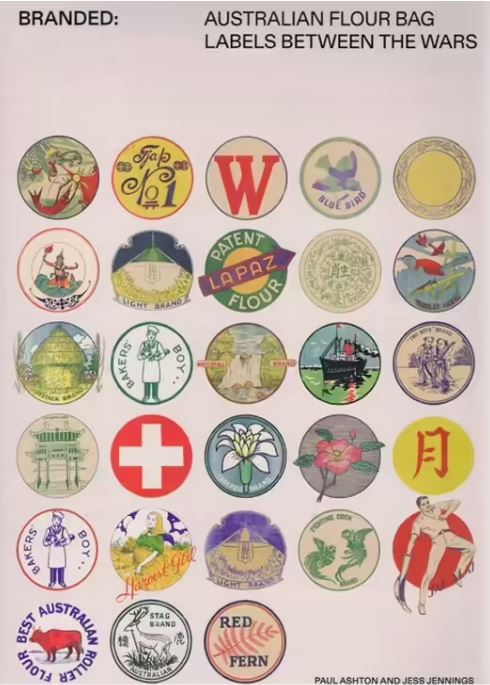
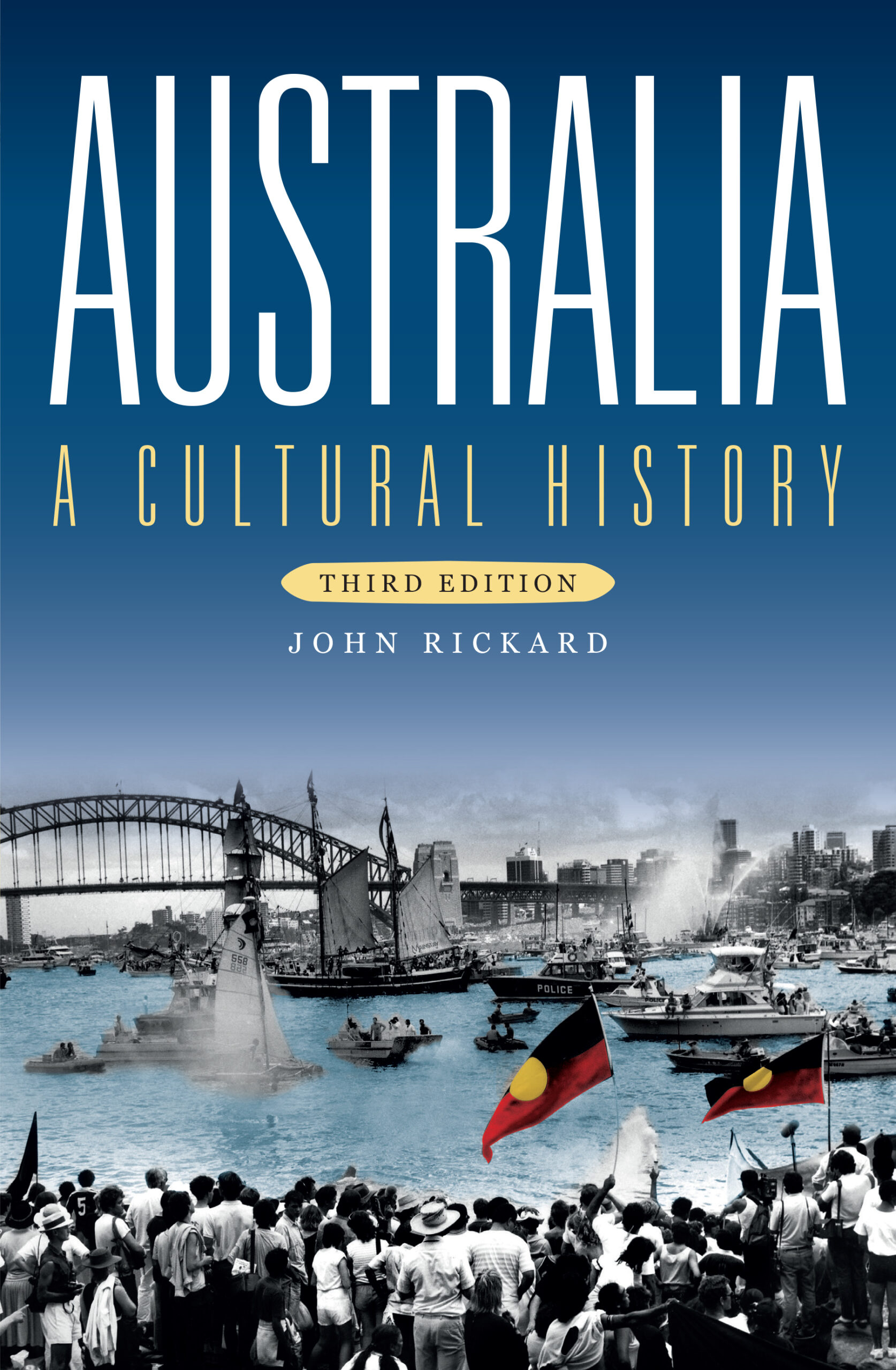
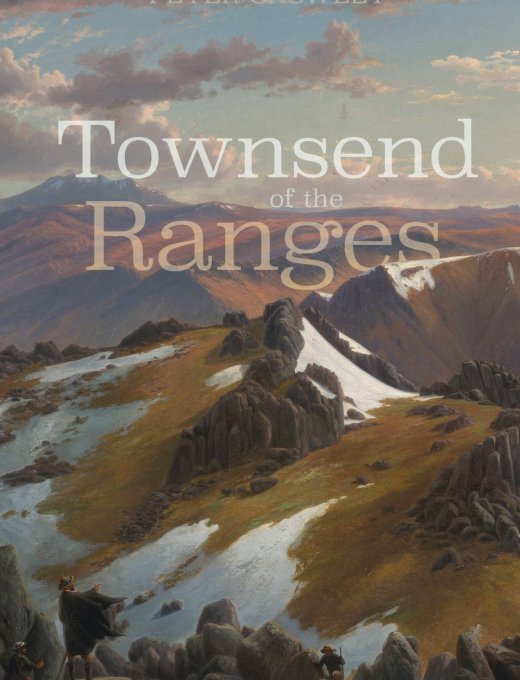

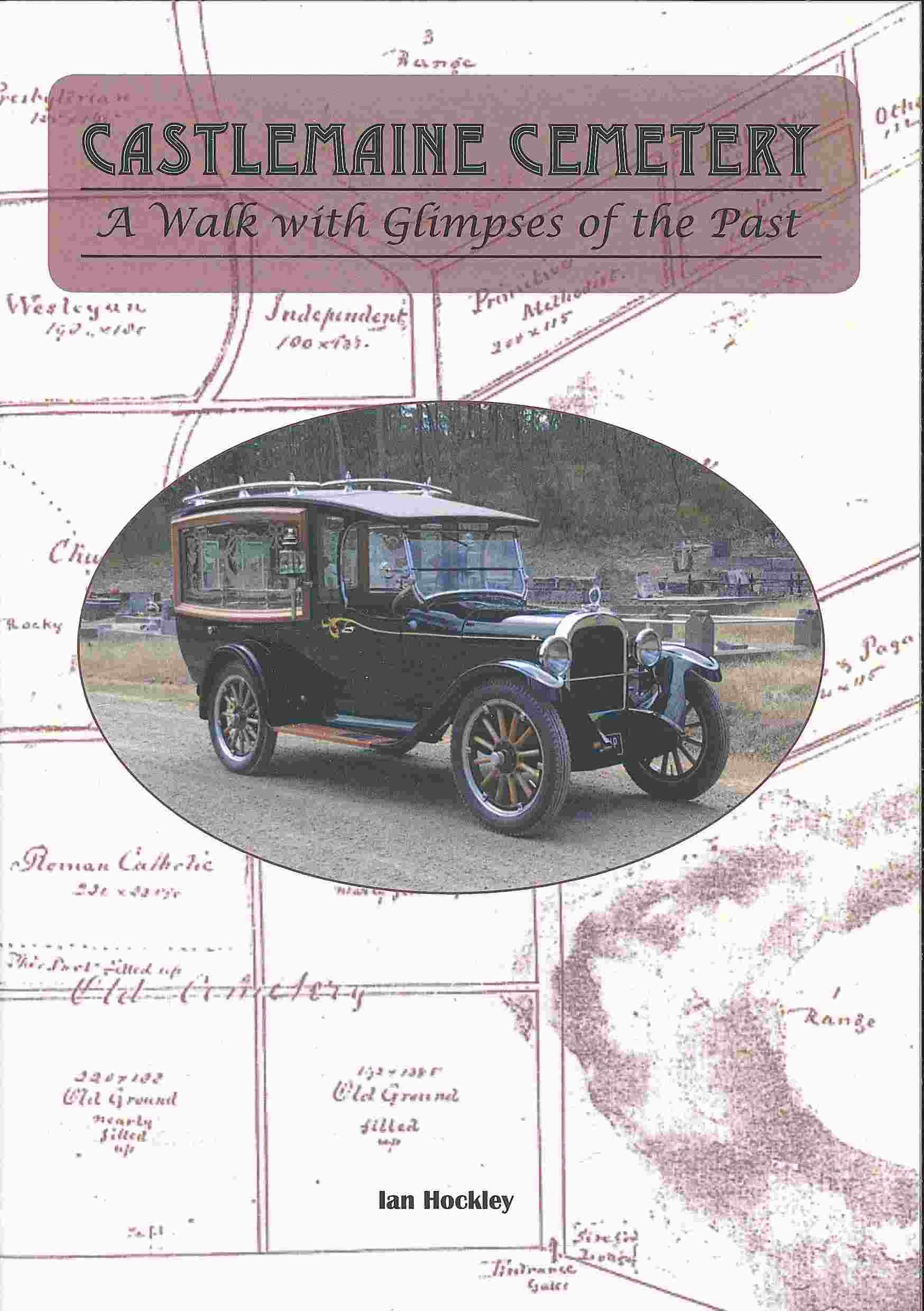

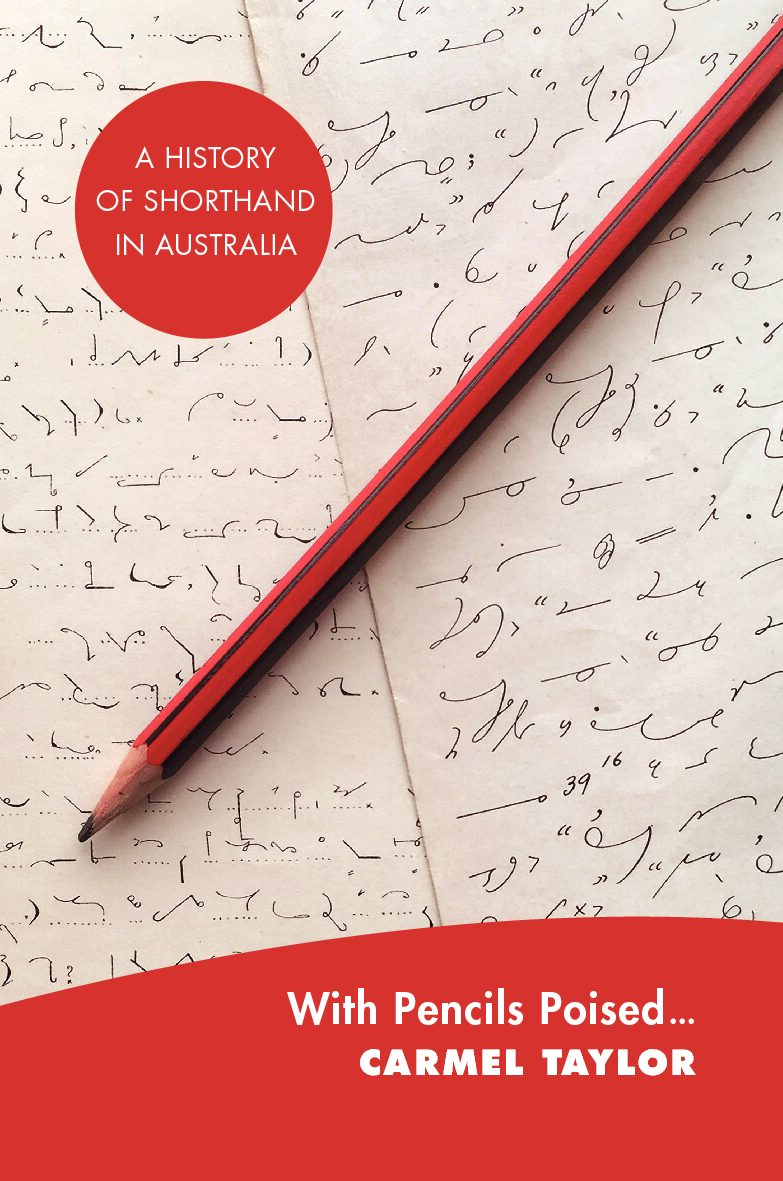
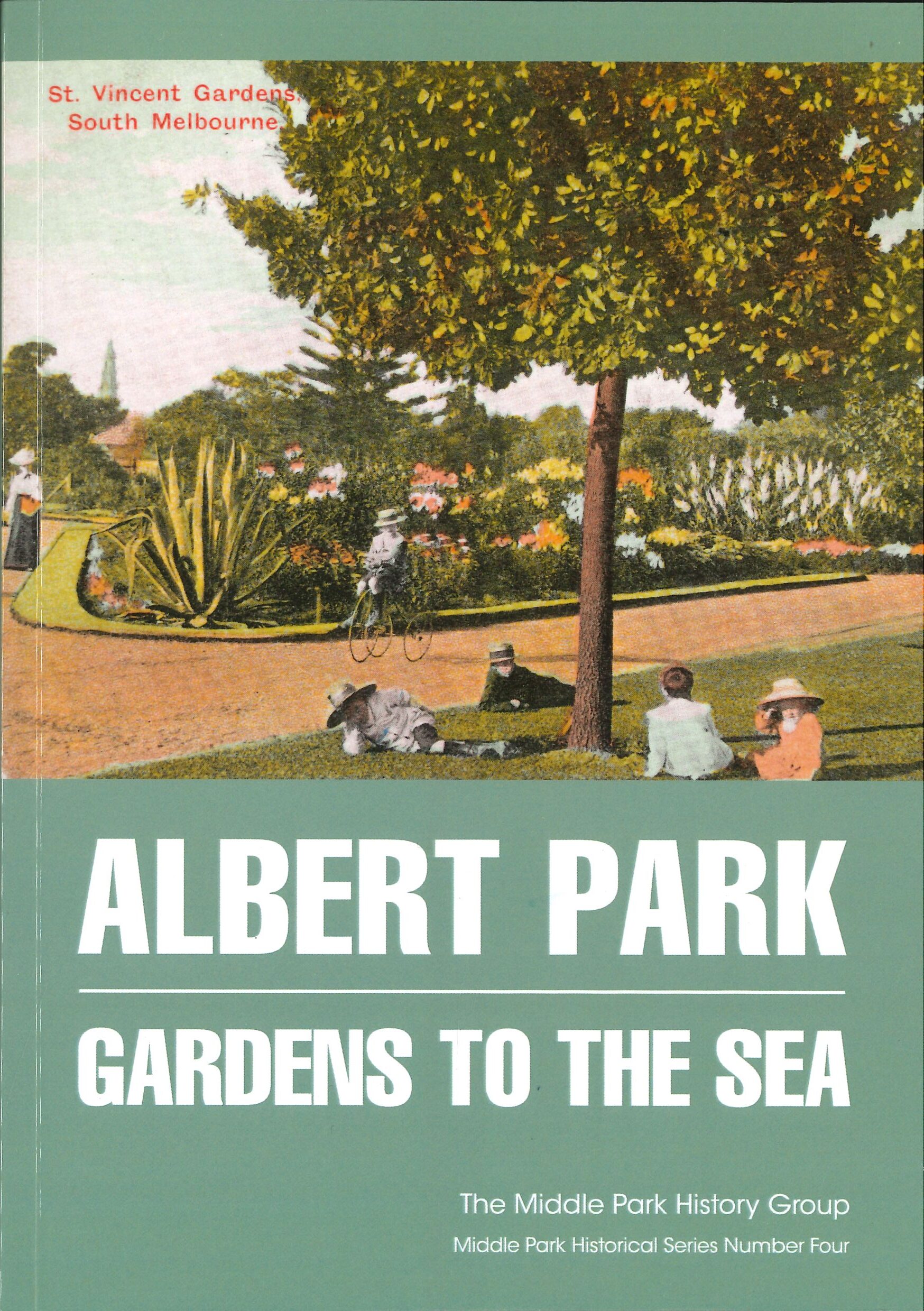

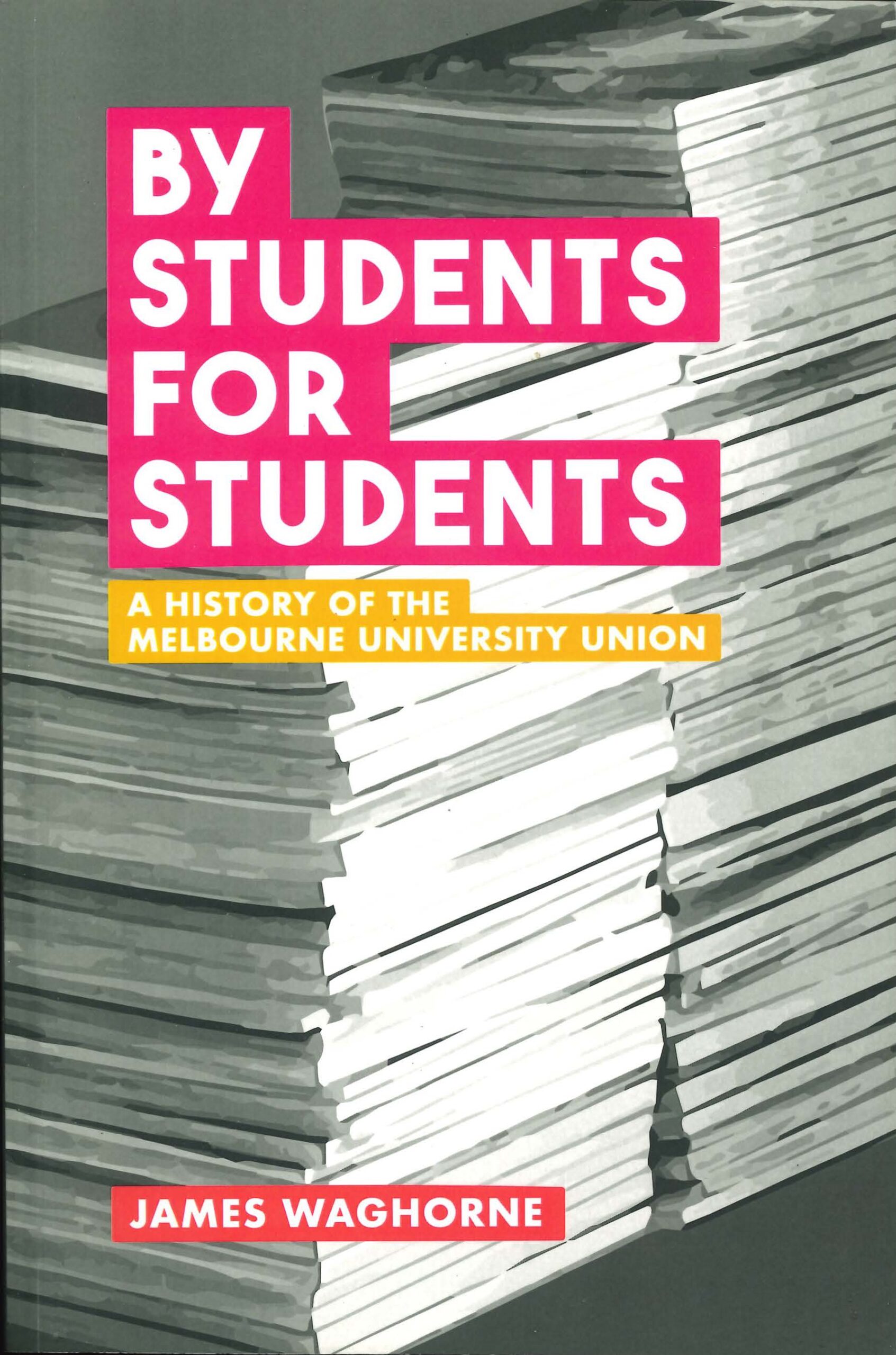



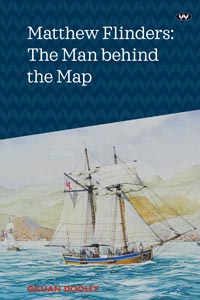
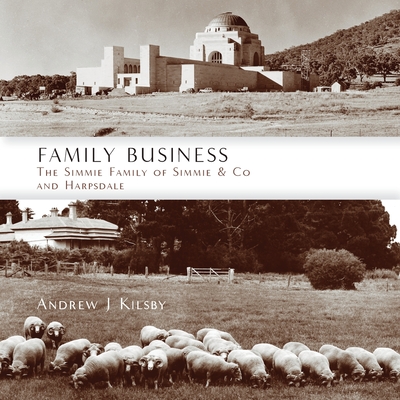
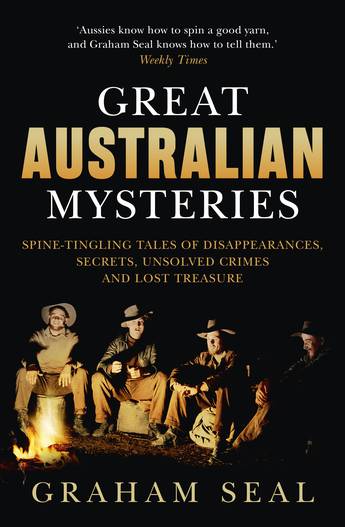
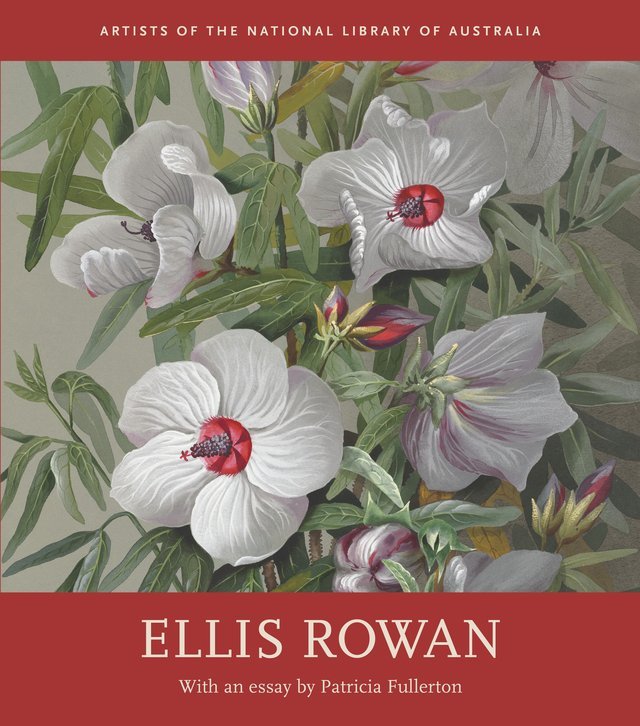

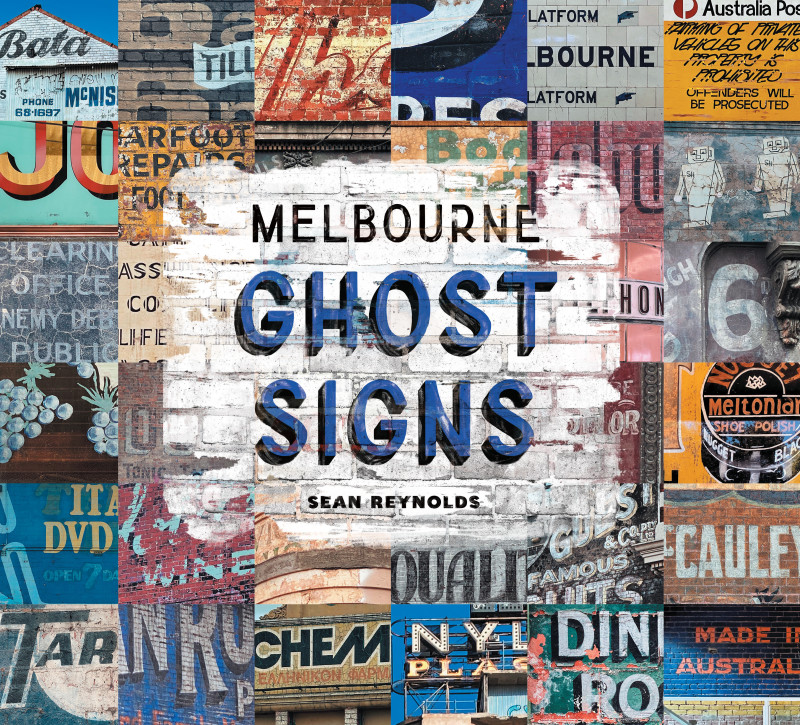

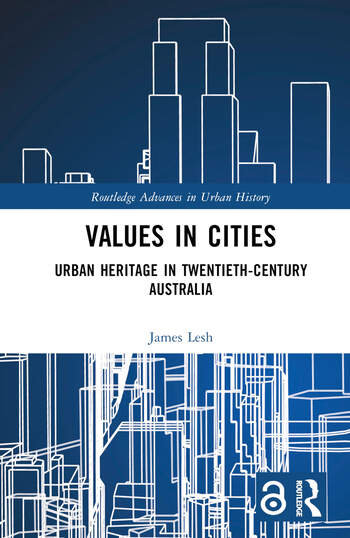
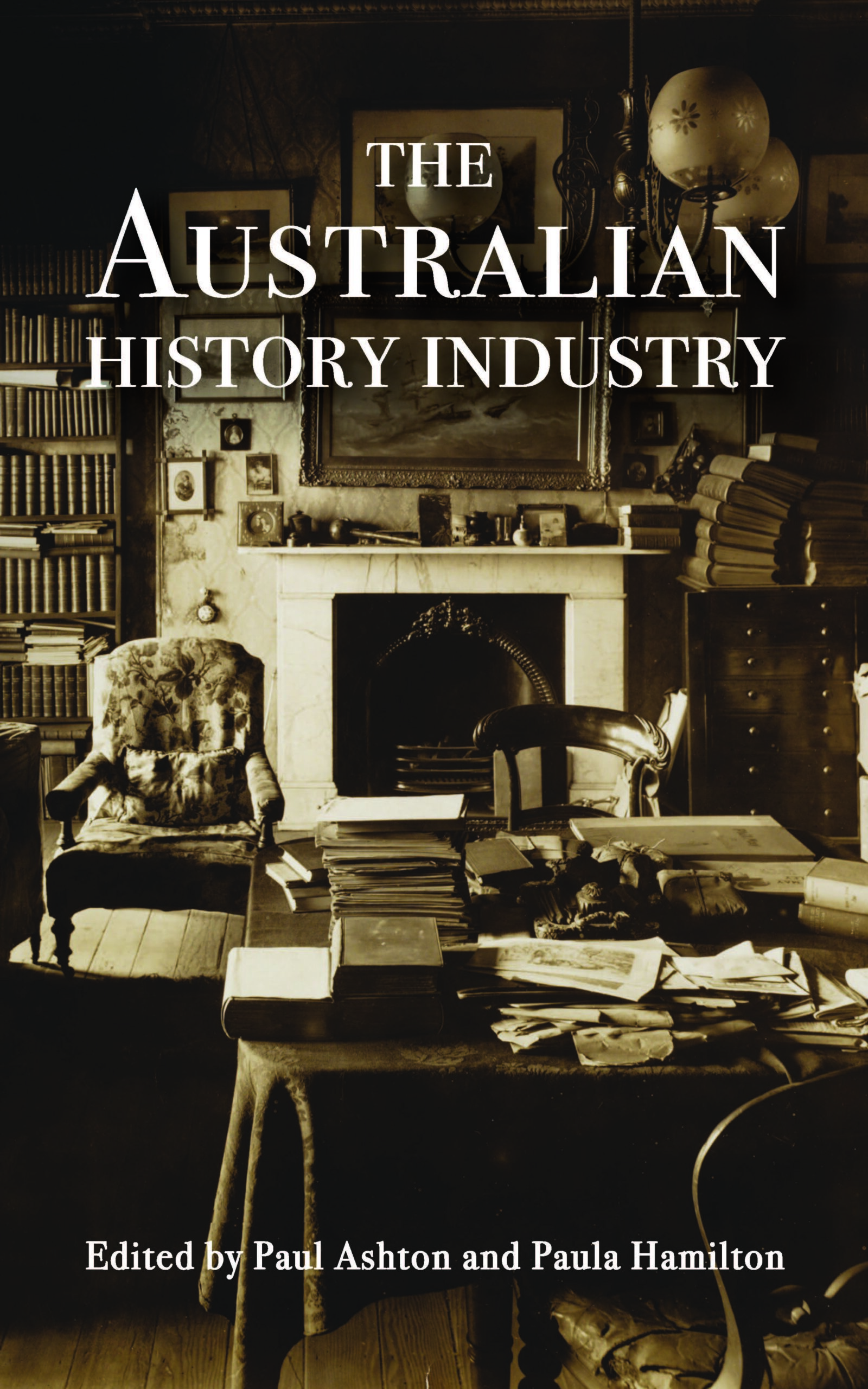
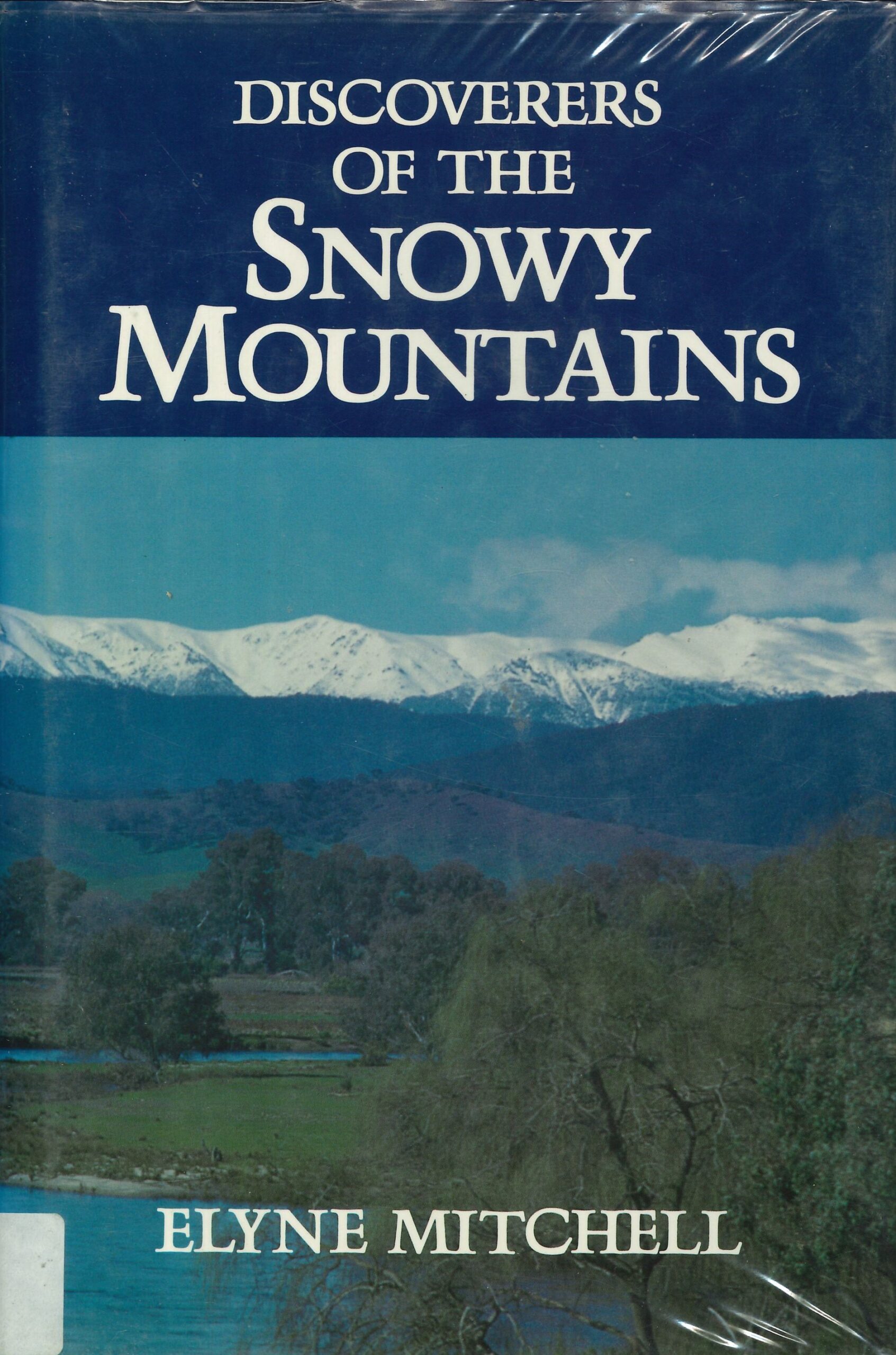
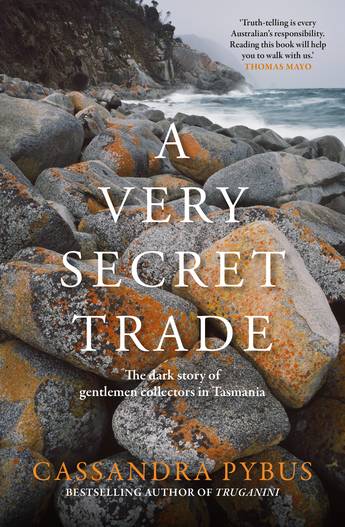
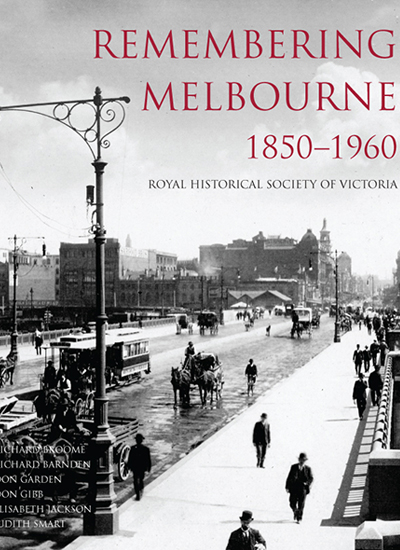
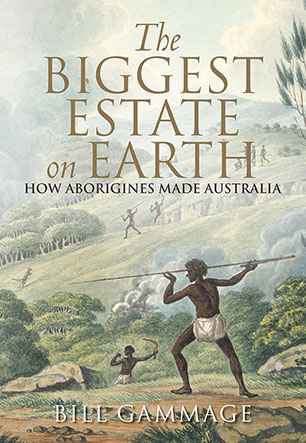
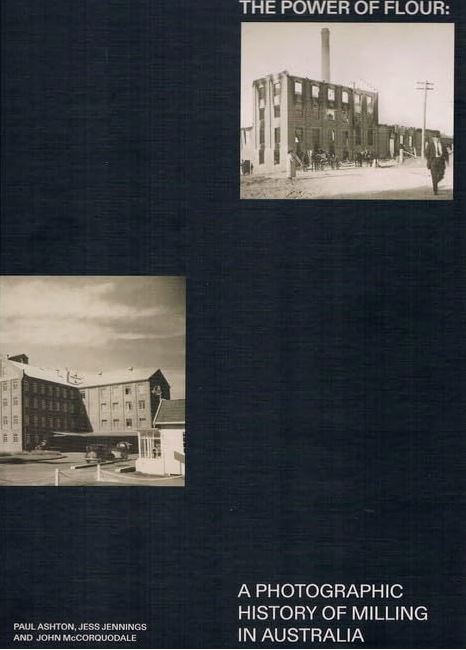
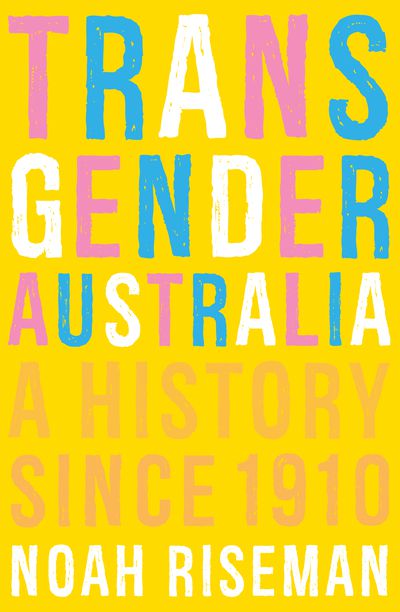







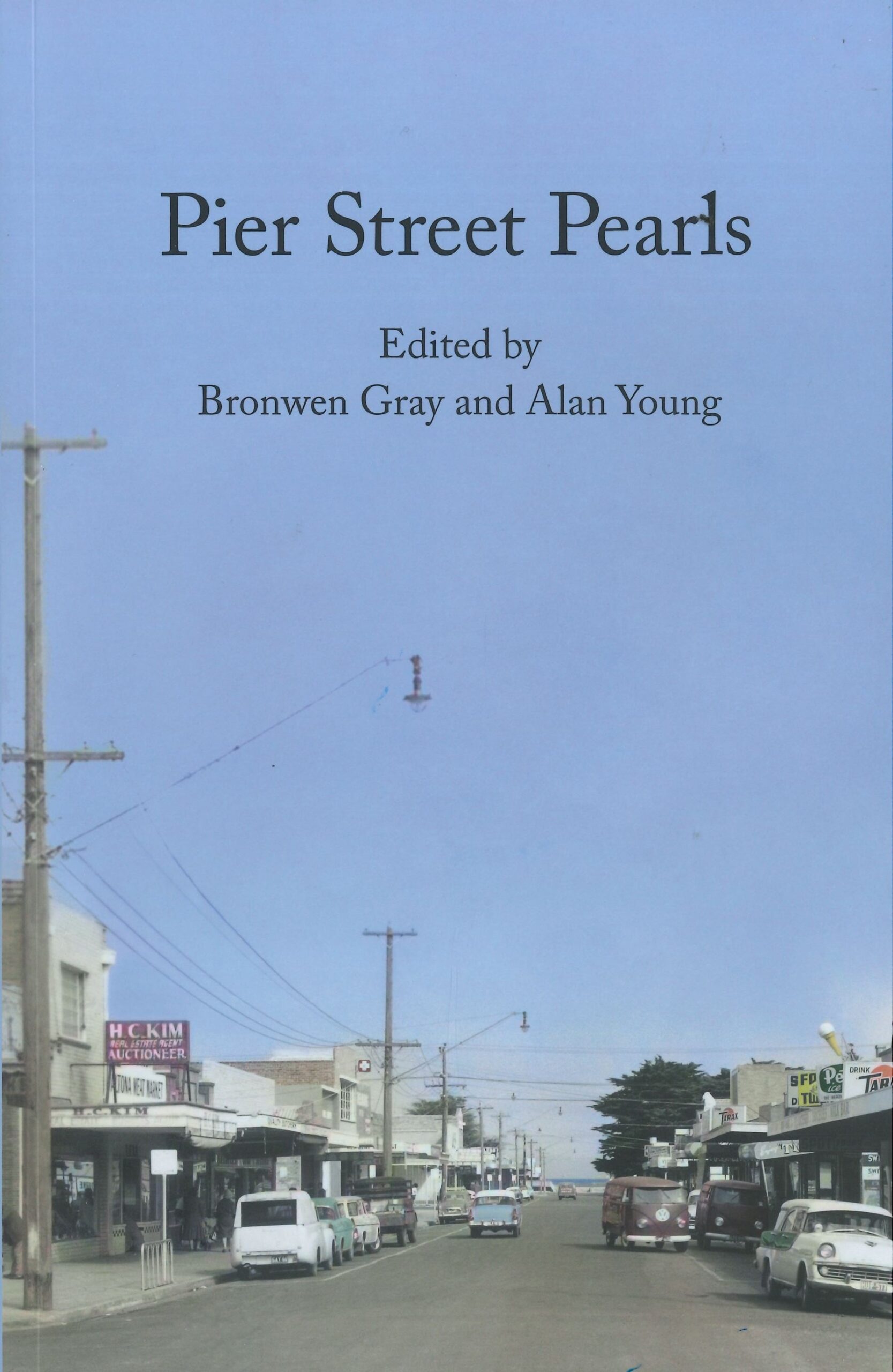
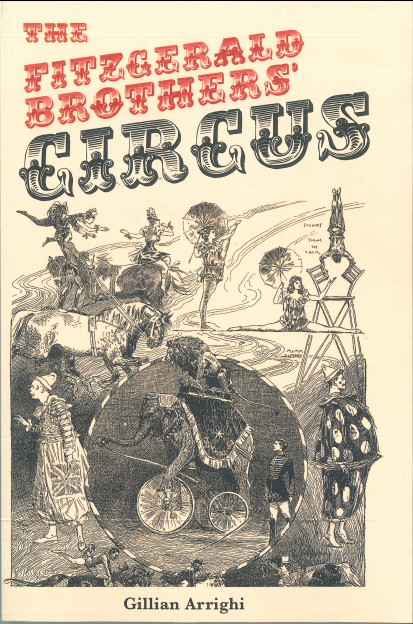


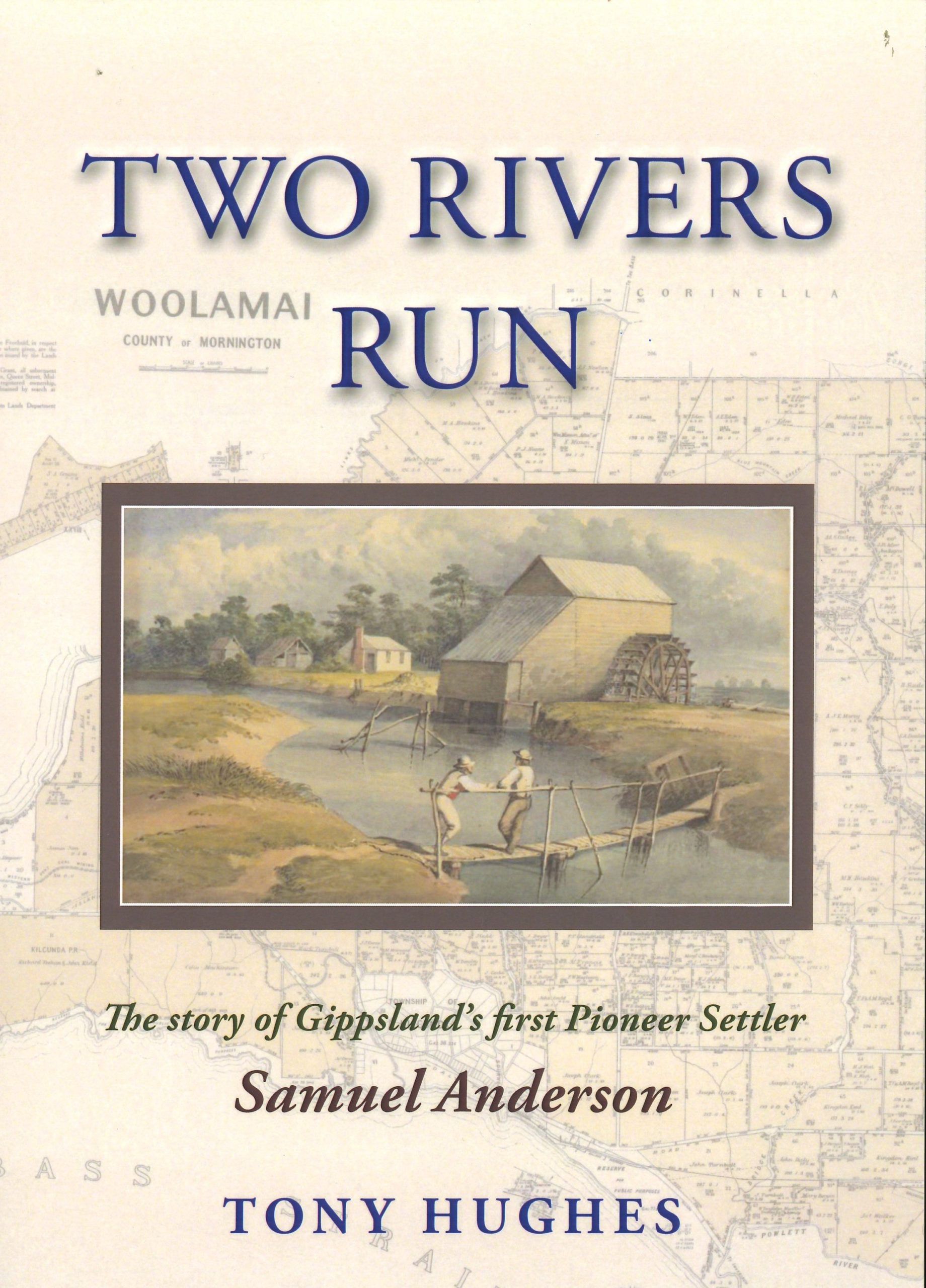
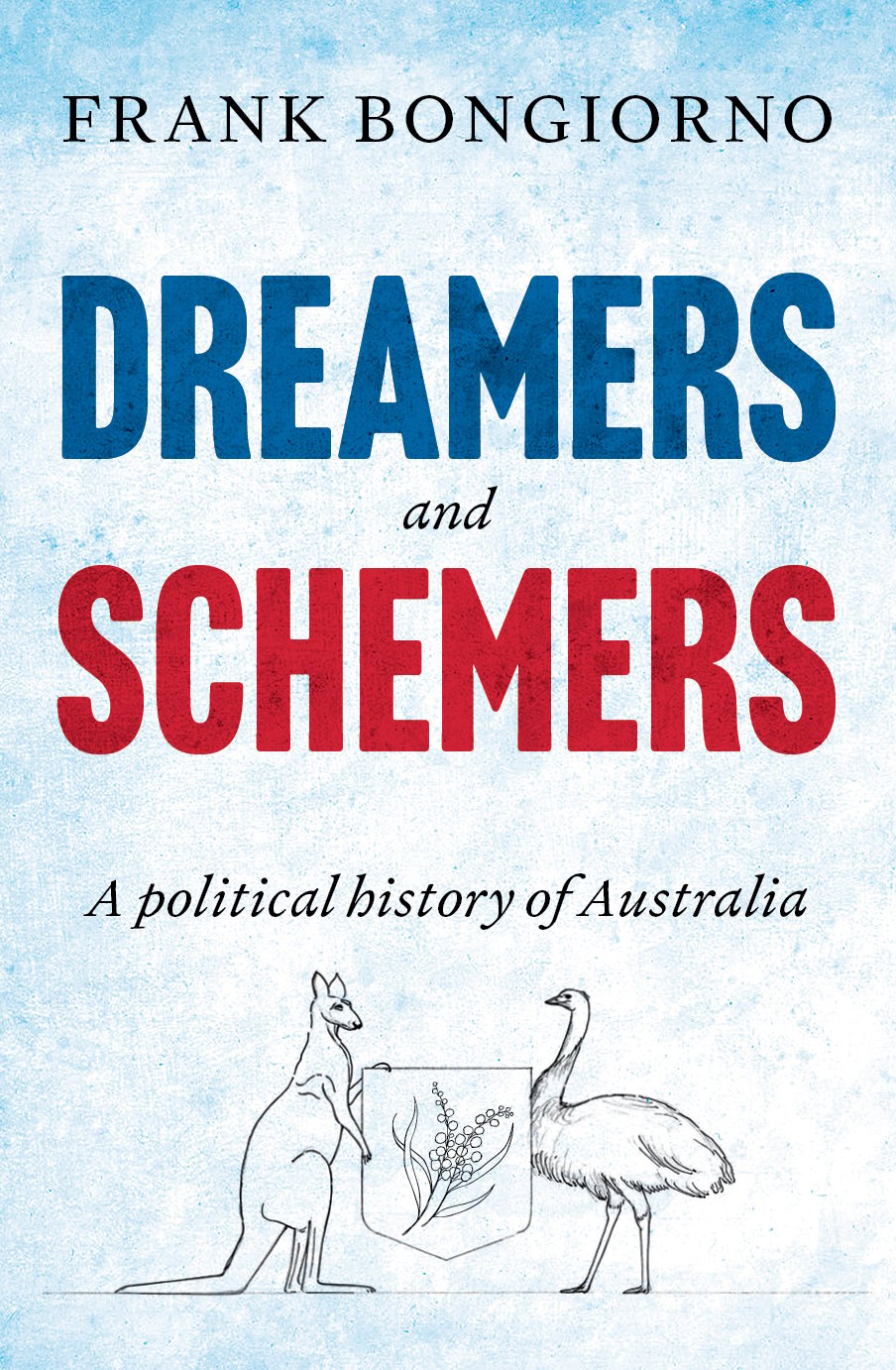

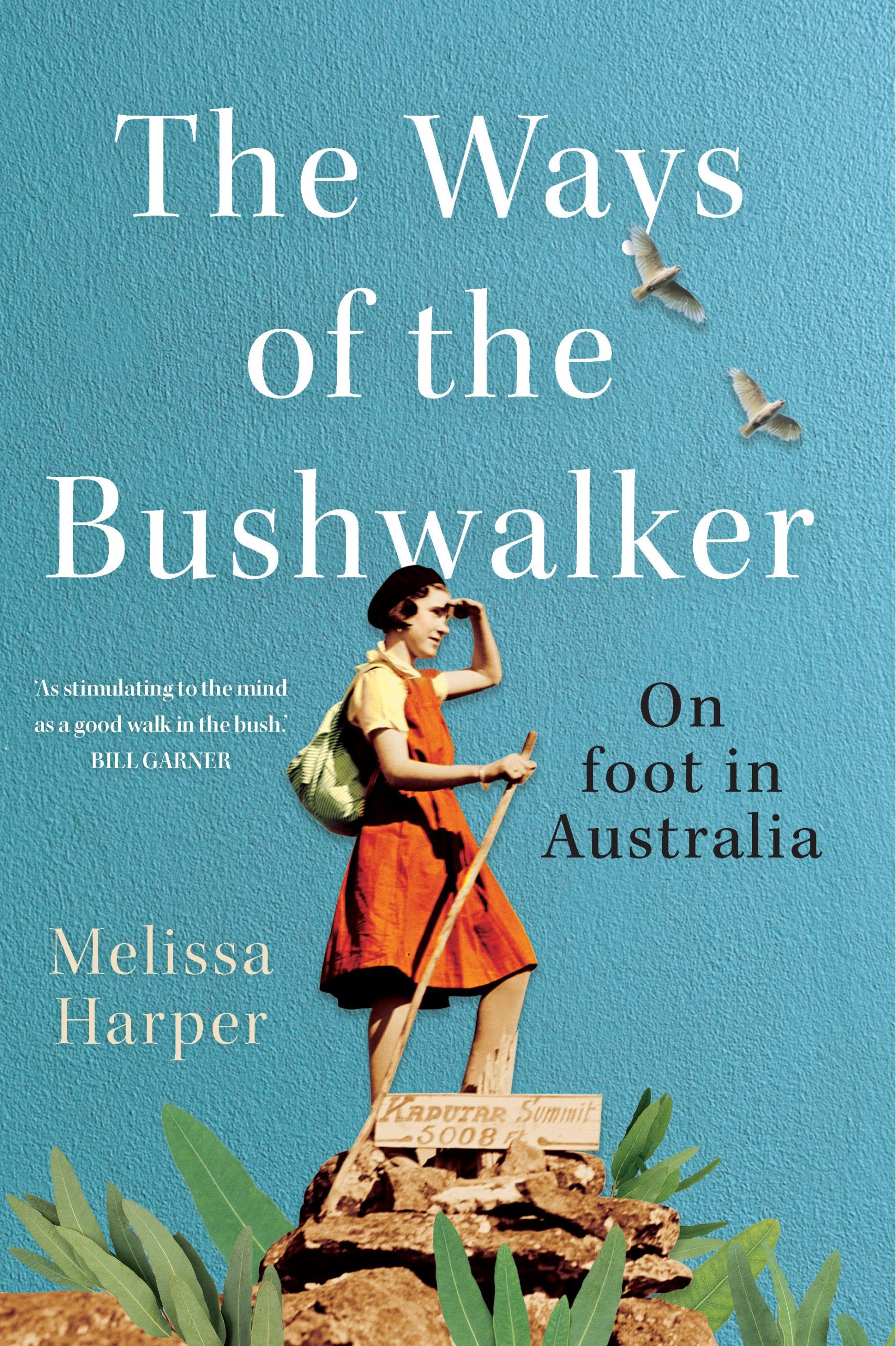
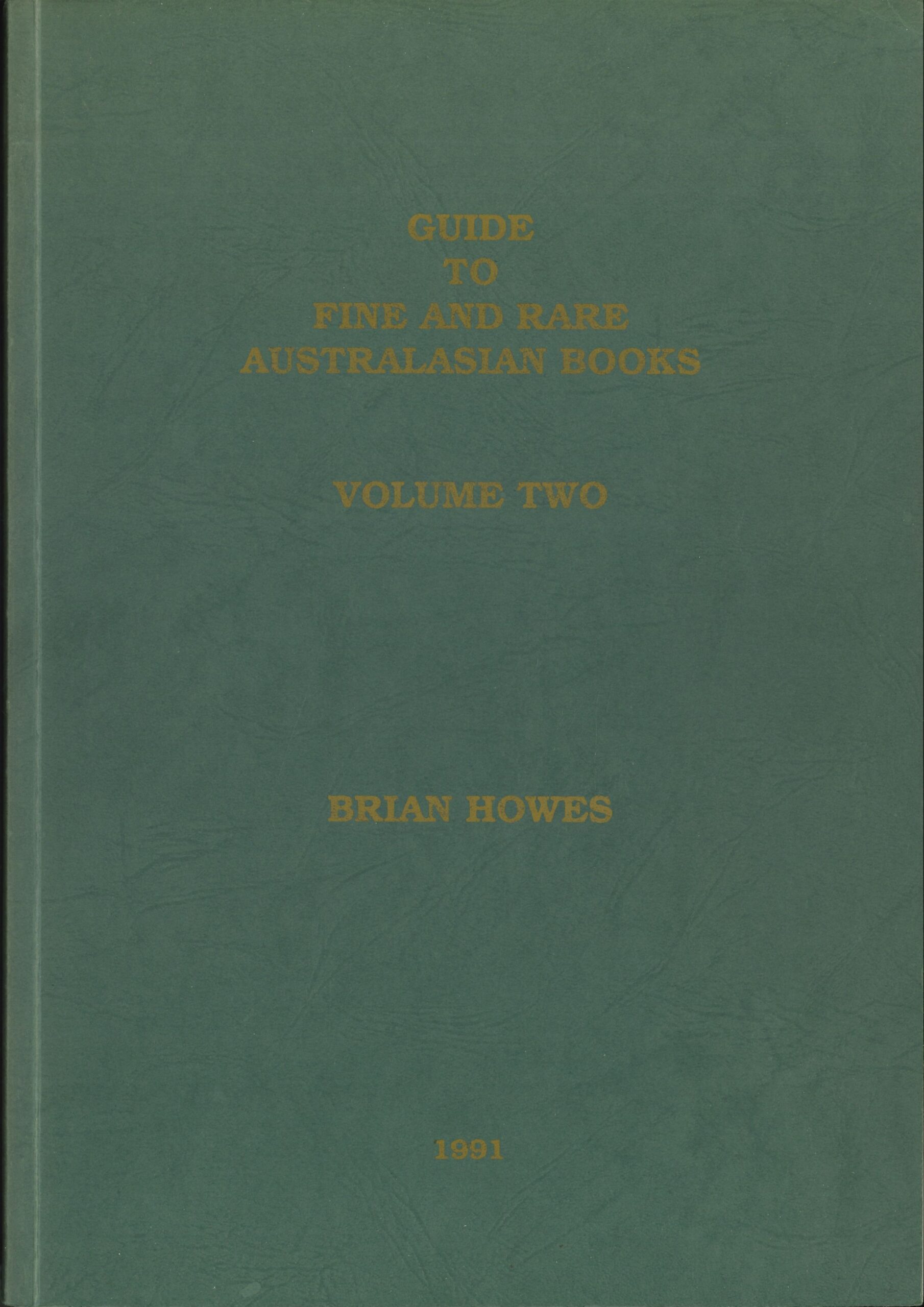
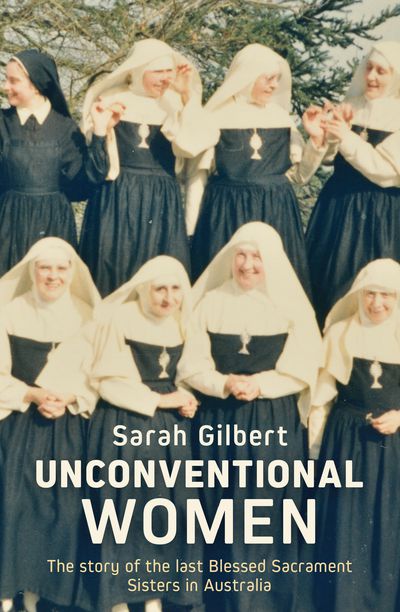
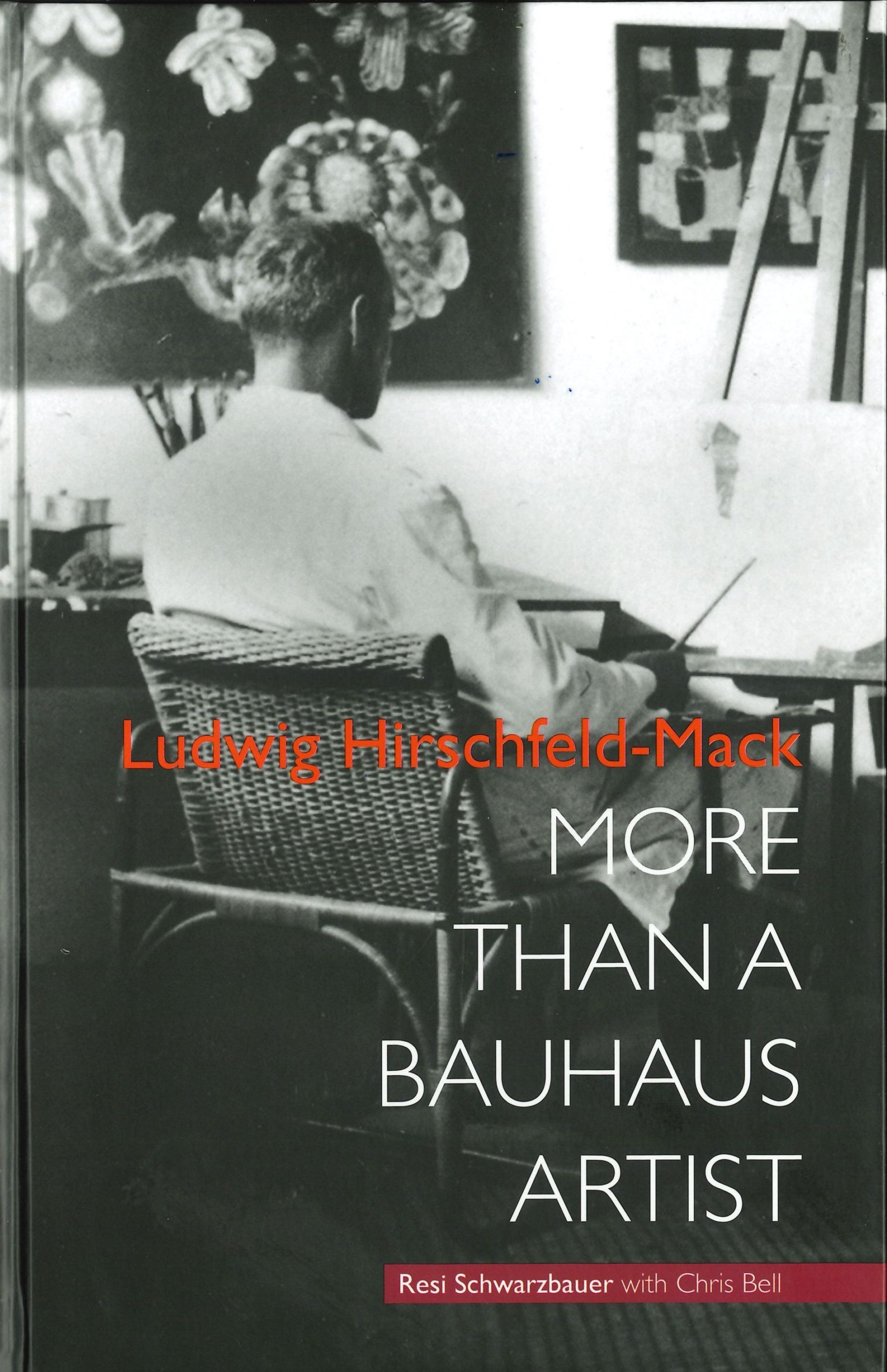
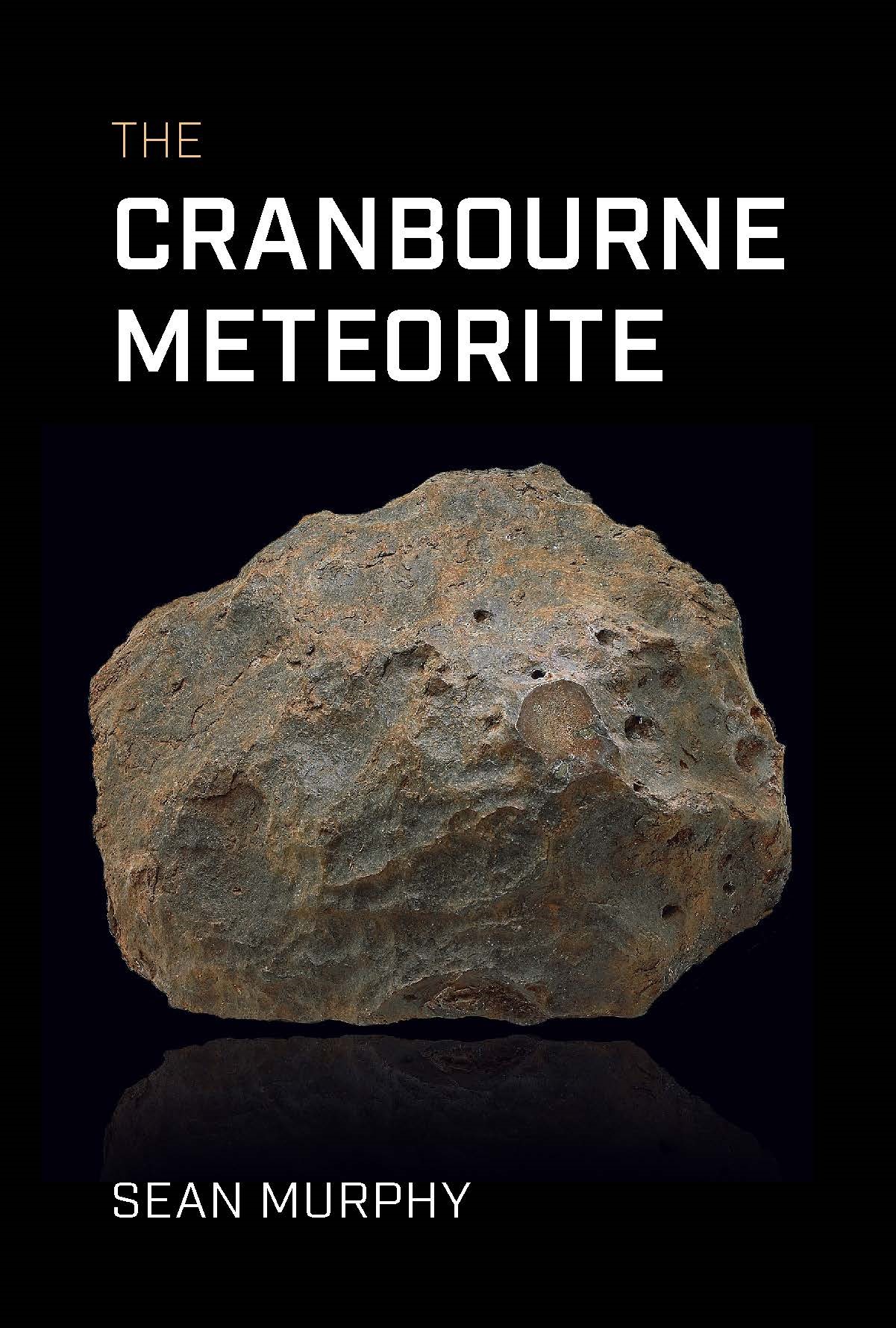




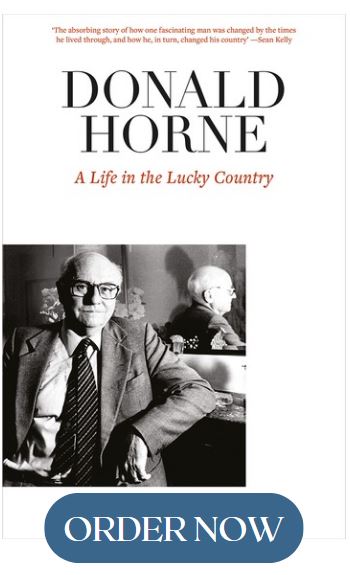



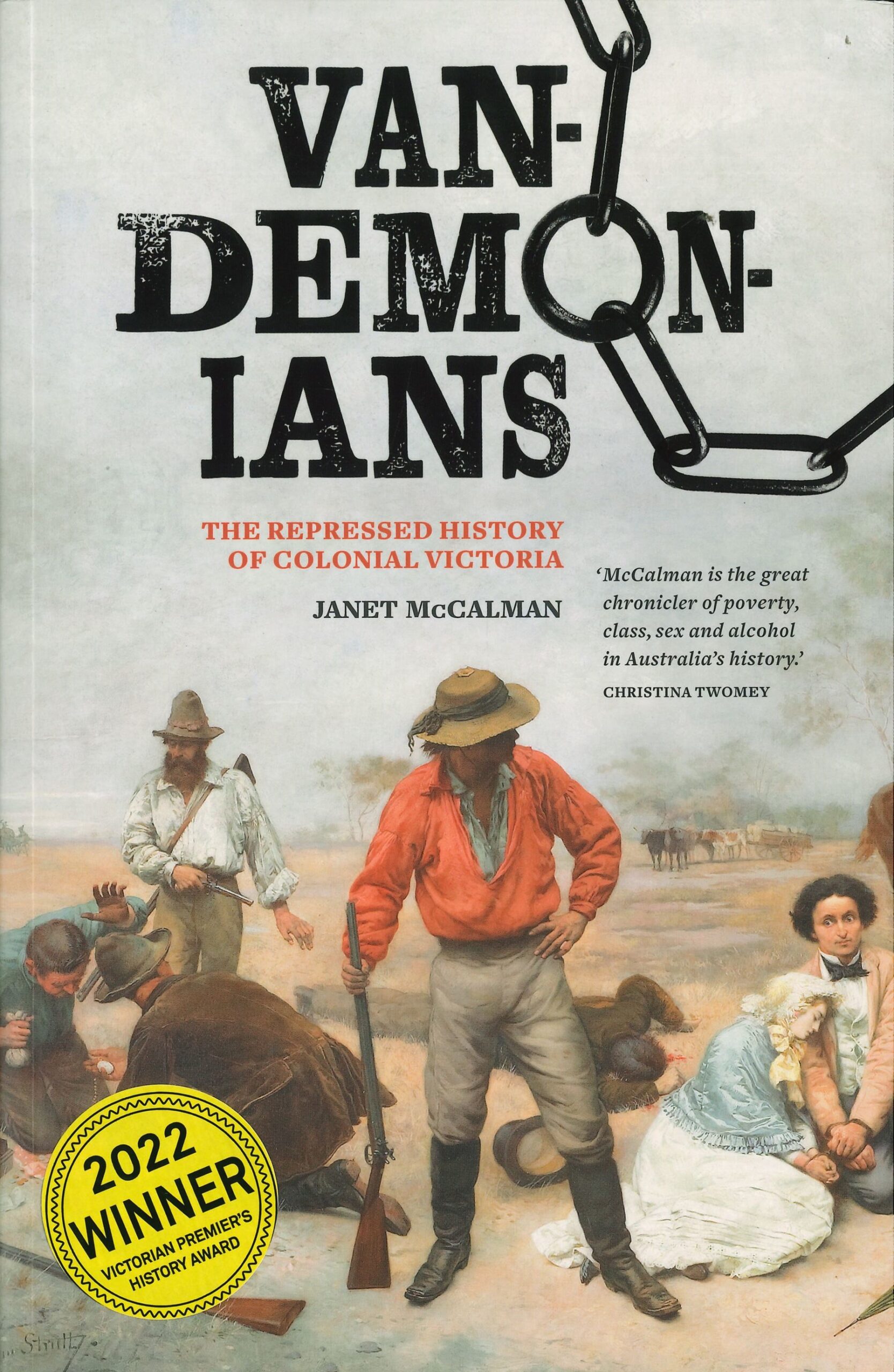
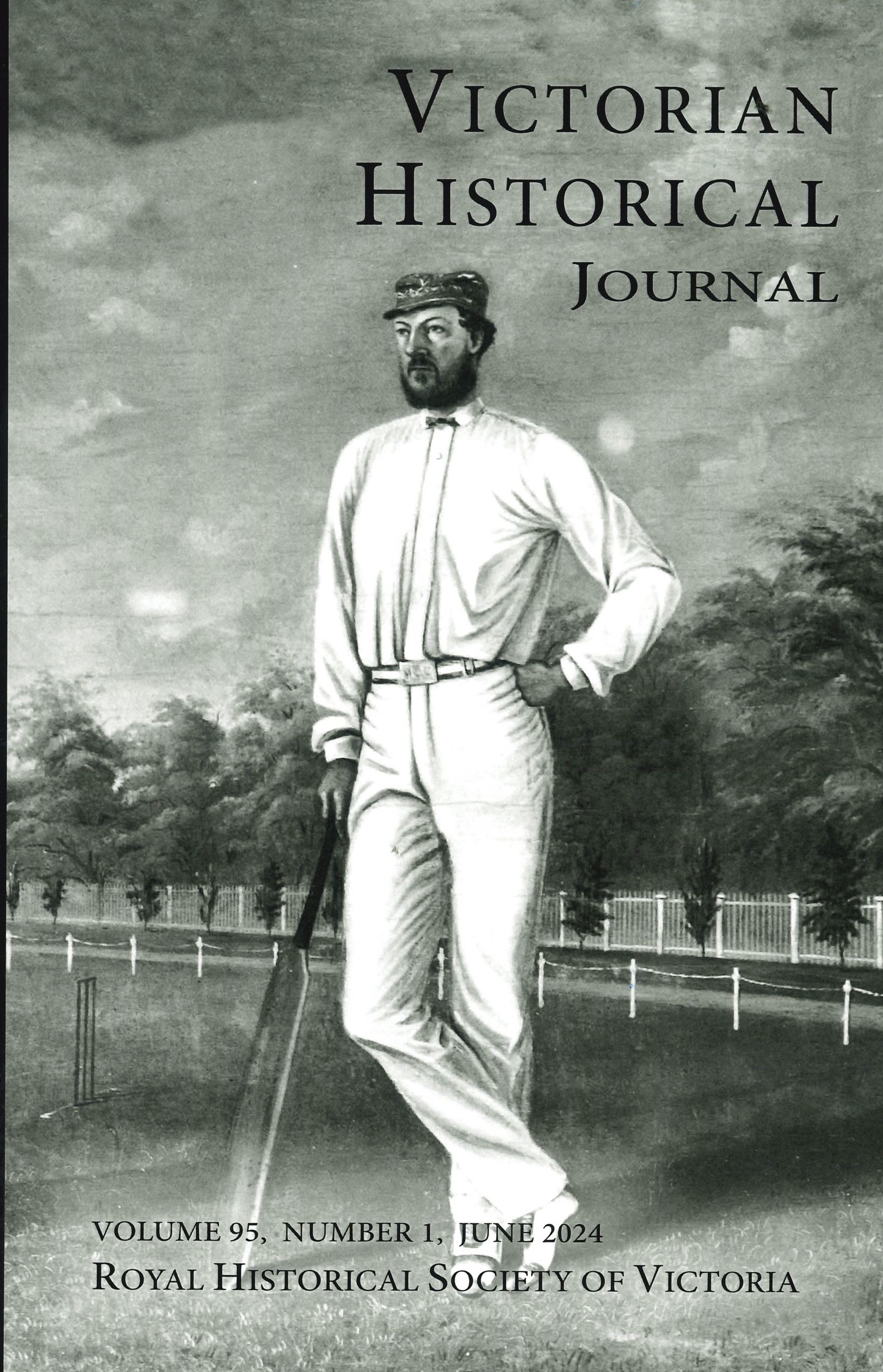


 239 A'Beckett Street Melbourne, Victoria, 3000
239 A'Beckett Street Melbourne, Victoria, 3000  03 9326 9288
03 9326 9288  office@historyvictoria.org.au
office@historyvictoria.org.au  Office & Library: Weekdays 9am-5pm
Office & Library: Weekdays 9am-5pm


Book Reviews Reviews
There are no reviews yet.